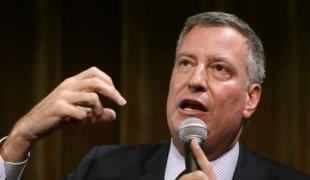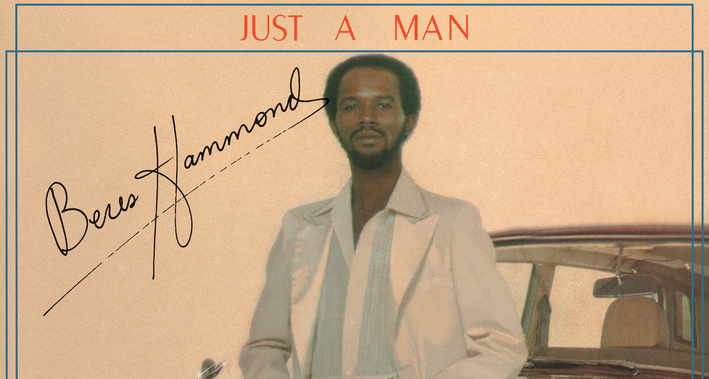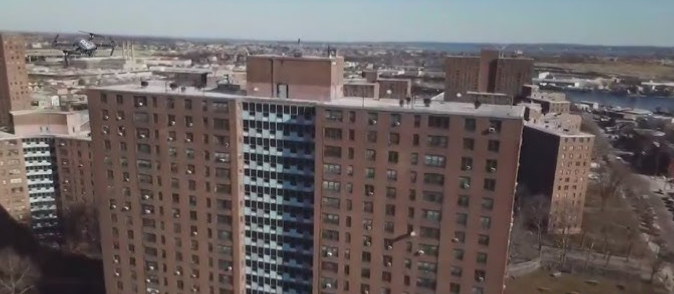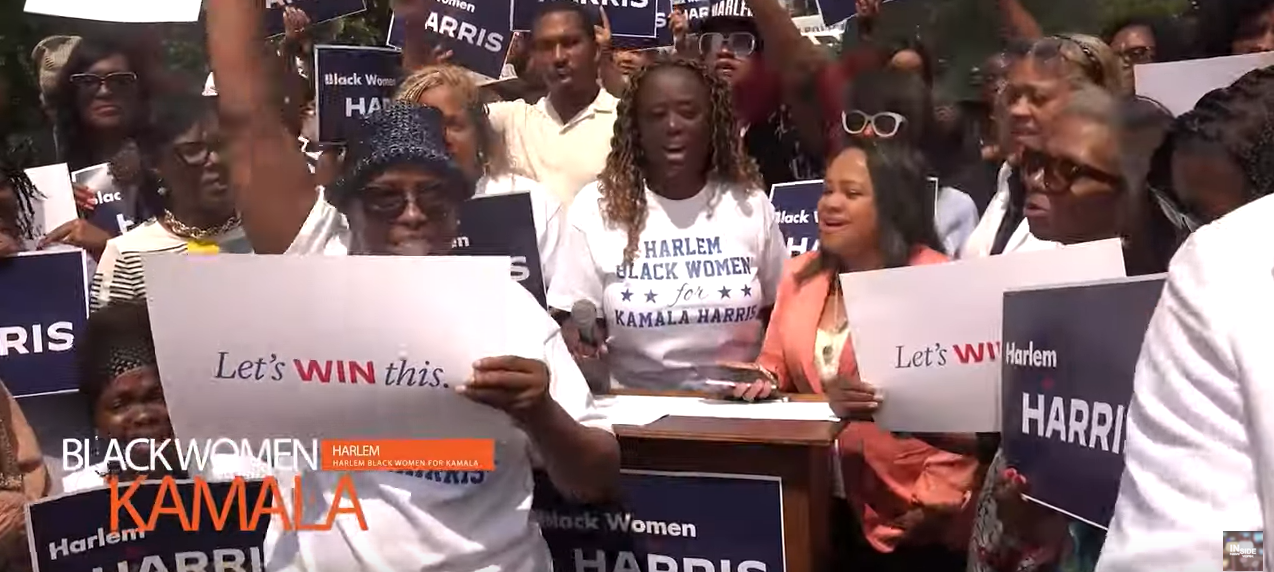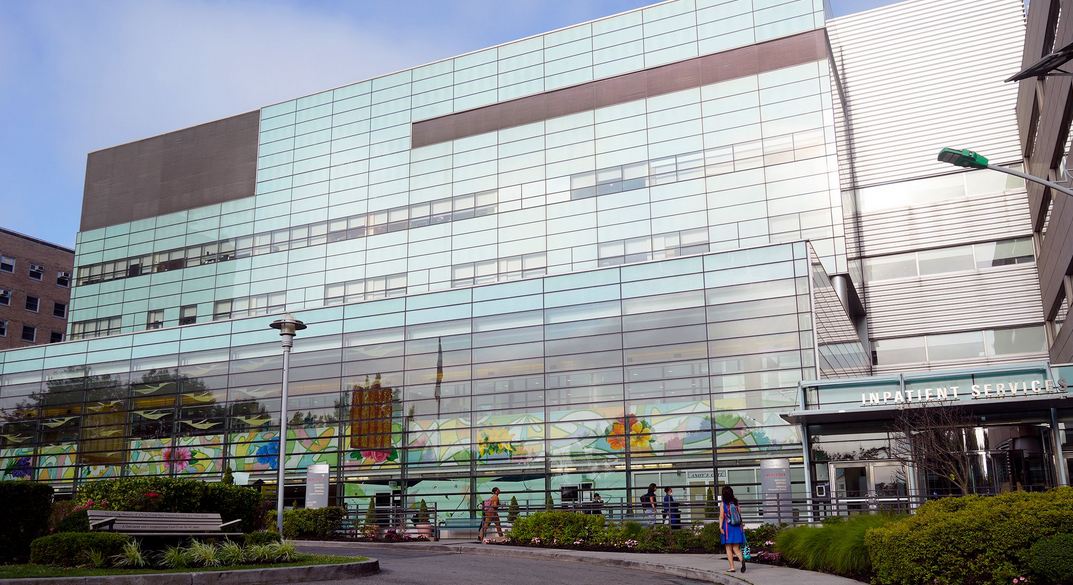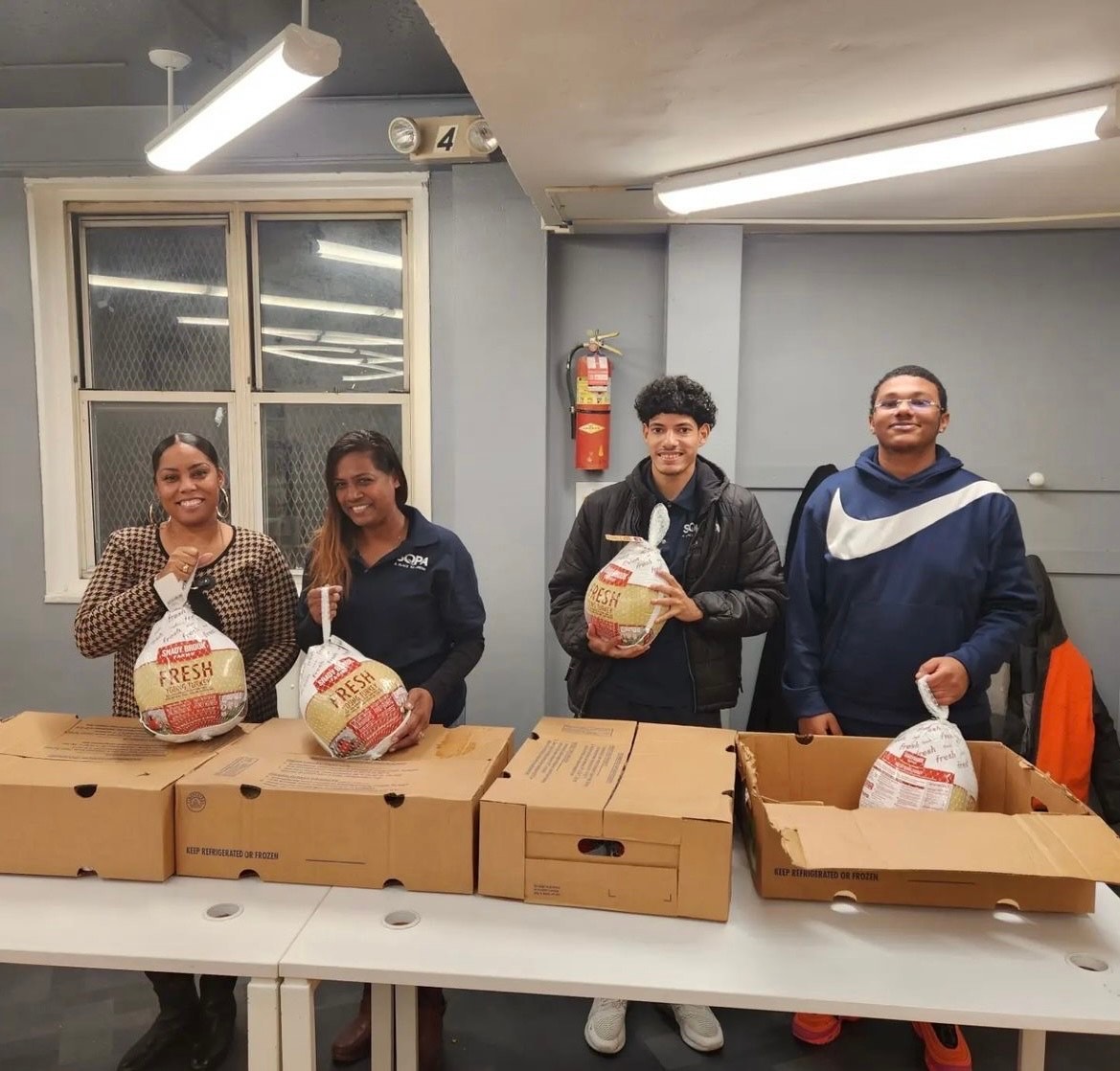Mayor Bill de Blasio has released his administration’s Vision Zero Action Plan, laying out a comprehensive roadmap to drastically reduce traffic-related deaths on New York City streets.
An interagency task force has spent the past month developing new strategies to make streets safer, ranging from lowering the citywide speed limit to increasing enforcement against speeding and failure to yield to pedestrians. The unprecedented effort comprises new legislation, changes to city policies, public education, and community outreach.
“We refuse to accept the loss of children, parents and neighbors as inevitable. We are focusing the full weight of city government to prevent fatalities on our streets,” de Blasio said. “This will add up to much more than changing intersections or issuing violations. It’s about each of us taking greater responsibility every time we get behind the wheel or step out on the street. Our lives are literally in each other’s hands—and today we begin the work of living up to that responsibility.”
Vision Zero is a proven strategy that combines strong enforcement and better roadway engineering with improved emergency response and high visibility behavior campaigns to discourage dangerous behavior on roadways. Since 1997, traffic fatality rates in jurisdictions that adopted Vision Zero policies have fallen more than 25 percent faster than the national average.
New York City’s Vision Zero Action Plan comprises dozens of specific initiatives spread across City Hall, NYPD, Department of Transportation, Taxi and Limousine Commission, Department of Health and Mental Hygiene, and the Department of Citywide Administrative Services. Those initiatives include:
· Increasing Enforcement Against Speeding: The NYPD will increase precinct-level enforcement of speeding violations by adding additional personnel in its Highway Division and ensuring every precinct has access to state-of-the-art speed detection devices.
· Developing Borough-Specific Street Safety Plans: The DOT will initiate borough-by-borough planning, in partnership with elected officials, community boards and stakeholders to address dangerous locations in communities across the city. It will target 50 locations per year for extensive redesign.
· Redesigning 50 Locations Each Year: The DOT will implement major safety engineering enhancements at 50 intersections and corridors each year, making use of an extensive list of improvements and newly developed options. The designs will make streets easier for everyone to use with improved visibility, safer speeds, and more predictable movements.
· Reducing the Citywide Speed Limit from 30 mph to 25 mph: The city will work with the state leaders to reduce New York City’s default citywide speed limit from 30 mph to 25 mph. The likelihood of a fatal crash declines significantly for speeds below 30 mph.
· Expanding the Use of Speed and Red Light Enforcement Cameras: New York City currently has authority to deploy red light cameras at 150 intersections and speed enforcement cameras at 20 locations. But the city must protect more than 6,000 miles of streets. Building on recent success expanding these programs, the city will work with state leaders to authorize wider use of camera enforcement. Since speed enforcement cameras were activated last month, they have issued nearly 4,000 speeding tickets.
· Expanding Neighborhood ‘Slow Zones’: The DOT will work with communities to identify and implement 25 new arterial slow zones and eight new neighborhood slow zones that use signage and traffic calming measures like speed humps to minimize speeding.
· Stiffer Penalties on Taxi and Livery Drivers who Drive Dangerously: The Taxi and Limousine Commission will create its own enforcement squad to enforce traffic rules, as well as adopt new rules and work with the City Council on legislation to increase sanctions on drivers engaging in dangerous activity like speeding and failure to yield.
· Standing Interagency Vision Zero Task Force: City Hall will continue to convene a Task Force to oversee implementation of the Action Plan and coordinate future efforts.
“A life lost is a life lost—and it is our job to protect New Yorkers, whether it is from violent crime or from a fatal collision on our streets. We are going to use every tool we have—and push to get the additional tools we need—to prevent the needless loss of life,” Police Commissioner Bill Bratton, said. “I have been in law enforcement my entire career, and I can honestly say we have never had this level of cooperation across agencies on this issue. It is going to make all the difference as we work to enforce the law and keep New Yorkers safe.”
“At DOT, we are on the front lines of Vision Zero, working every day to improve streets in ways that prevent crashes and save lives. Our safe street designs will be even more effective when combined with strong enforcement, public education, and a clear message that dangerous or careless behavior is no longer acceptable,” added Transportation Commissioner Polly Trottenberg.
“Make no mistake—traffic fatalities are preventable, and we won’t accept a single death. Being hit by a car is the leading cause of injury-related death for children in this city. We are going to confront this as the health crisis it is,” said Health Commissioner Mary Bassett.
“The changes we’re working on for Vision Zero represent some of the most innovative safety thinking in the TLC’s 42-year history,” said TLC Chief Operating Officer Conan Freud. “Our regulated industries were great partners in the collaborative process we undertook for this initiative, and we look forward to continuing this important work with them as we strive together for the goal of zero traffic fatalities.”
Read the Vision Zero Action Plan and learn more about the citywide campaign at: www.nyc.gov/VisionZero

